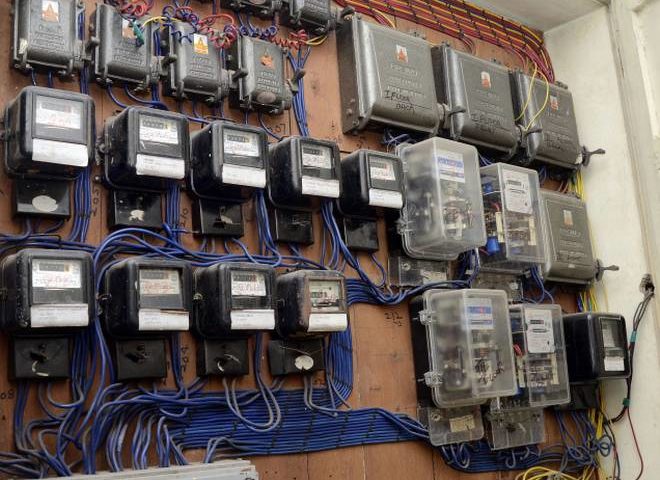In recent weeks, there were two significant episodes regarding privatization of power distribution—a traditionally controversial subject in India’s power sector.
Tata Power was awarded the letter of intent for taking over two Odisha discoms—WESCO and SOUTHCO. A few months ago, Tata Power was similarly awarded CESU, another discom in Odisha.
In each of the three cases, Tata Power will form a joint venture with GRIDCO, the state government-owned transmission company. Tata Power will hold 51 per cent equity stake in the joint venture and will have operational and management control of the same.
For Odisha, these positive developments define major milestones in the state’s power sector journey. Odisha, it may be recalled, was the first state to initiate private sector participation in the state’s power distribution chain. It did so in the early 1990s—at a time when even the overall power industry was just about beginning to see private sector participation for the very first time. Odisha’s efforts to privatize power distribution virtually came to naught after two decades of experimentation. For Odisha therefore, the formation of JVs with Tata Power is indeed a momentous event that can potentially resurrect its power distribution sector.
The second episode was the impediments in the path of privatizing power distribution in the UT of Chandigarh. The High Court of Punjab & Haryana has stayed the Union government’s plan of completely privatizing power distribution in the Union territory. The court’s order followed opposition from UT Powermen Union, Chandigarh. The Centre earlier this year had planned to completely privatize power distribution in all the Union territories of India. The process started with Chandigarh and this early setback could derail the overall process.
The learning that emerges from Odisha is that public private partnership (PPP) is a tenable solution. The PPP model in this case involves a JV between private sector (with majority equity and management control) and a state government entity (with minority holding). The JV acts like a distribution licensee.
Also read: State transcos should strongly consider forming JVs with PGCIL
On the other hand, India’s privatization experiment, using the distribution franchisee model, has unfortunately taken up long years of effort without commensurate success. The reasons are not far too seek—resistance from existing state government employees, severe opposition from consumers over alleged “inflated” power bills, etc.
The proposed separation of “carriage” and “content” also referred to as “wire” and “supply” should be implemented in good time. This will structurally reform the power distribution value chain, which is currently both equipment- and consumer-centric. The envisaged separation will create competition between service providers in the consumer-centric “supply” side, which is where all the financial losses of discoms lie.
The author, Venugopal Pillai, is Editor, T&D India, and may be reached on venugopal.pillai@tndindia.com. Views are personal.

